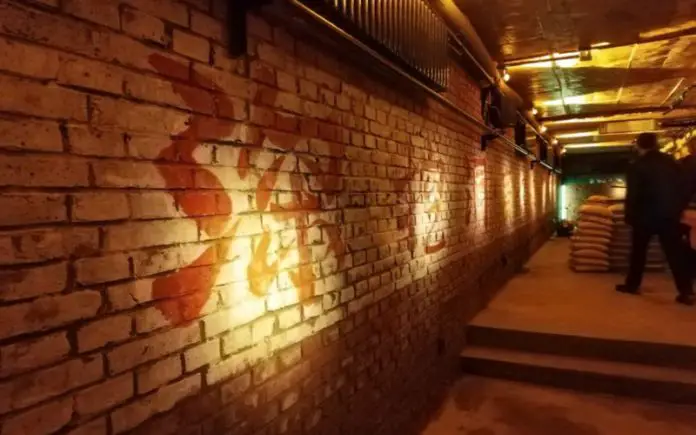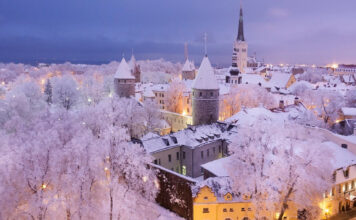4Beijing Underground City, China

Beneath the bustling streets of Beijing, there exists a vast Cold War-era underground city, designed as a defense measure during a time of political unrest. Constructed in the 1970s, the Beijing Underground City (also known as Dixià Chéng or “Underground City”) was created to house millions of people in the event of a nuclear attack or large-scale disaster. Stretching across more than 33 square miles (85 square kilometers), this subterranean complex consists of tunnels, bunkers, and underground facilities that were designed to support life for extended periods.
The city features a variety of infrastructure, including living spaces, markets, schools, clinics, factories, and even a mushroom farm. Although much of the underground city has fallen into disrepair, parts of it are still accessible for tourists and urban explorers. Some sections, like the military bunkers and tunnels, remain sealed off, preserving the secrets of this Cold War relic. The Beijing Underground City stands as a reminder of the tensions of the 20th century and the lengths to which the Chinese government went to ensure the survival of its people in times of crisis.





















